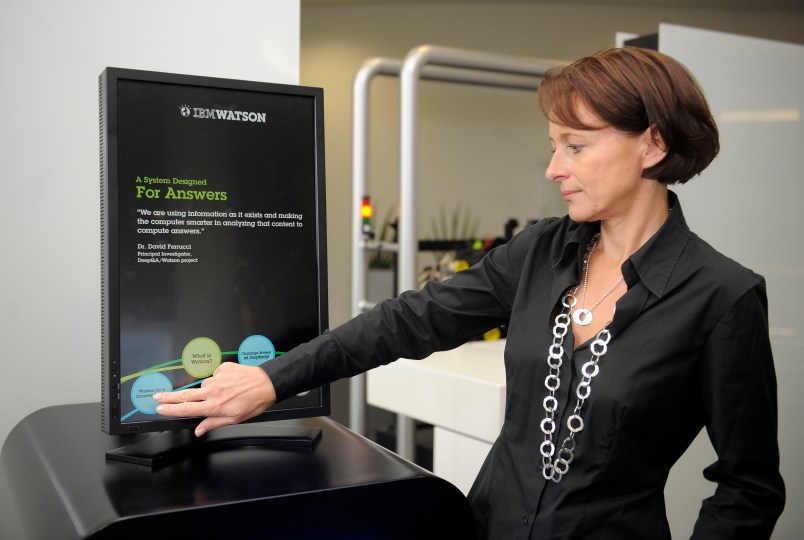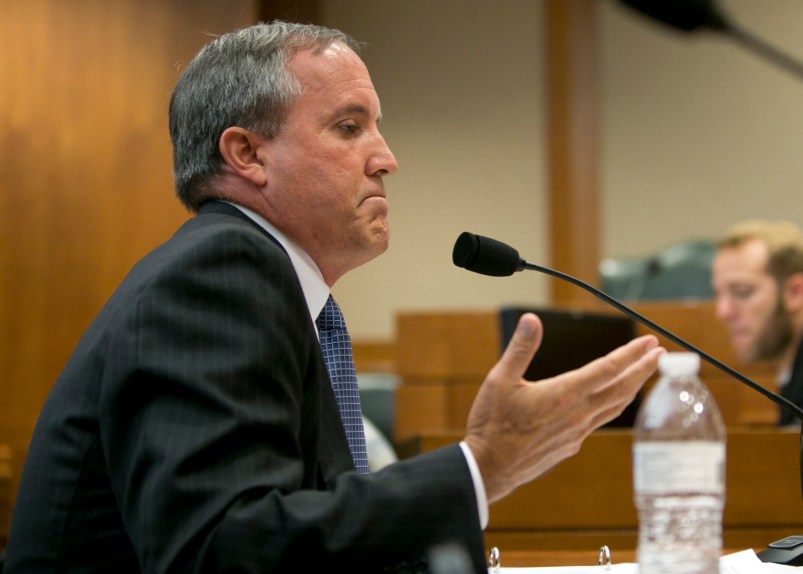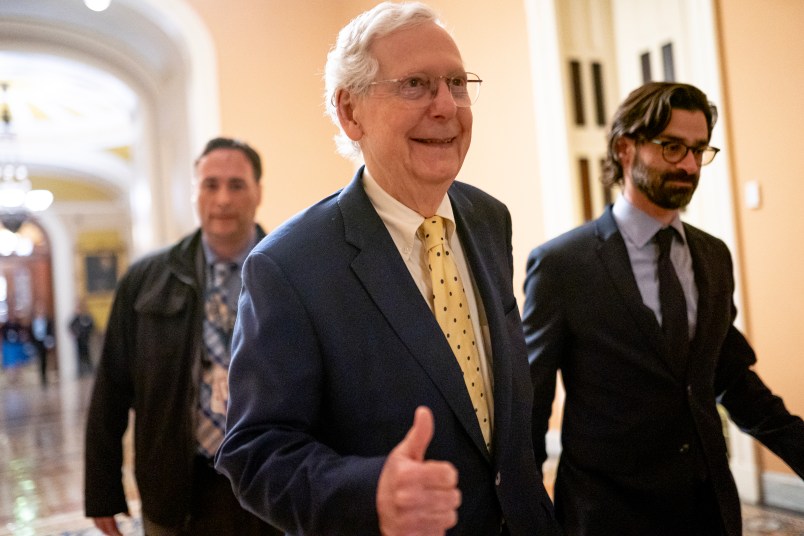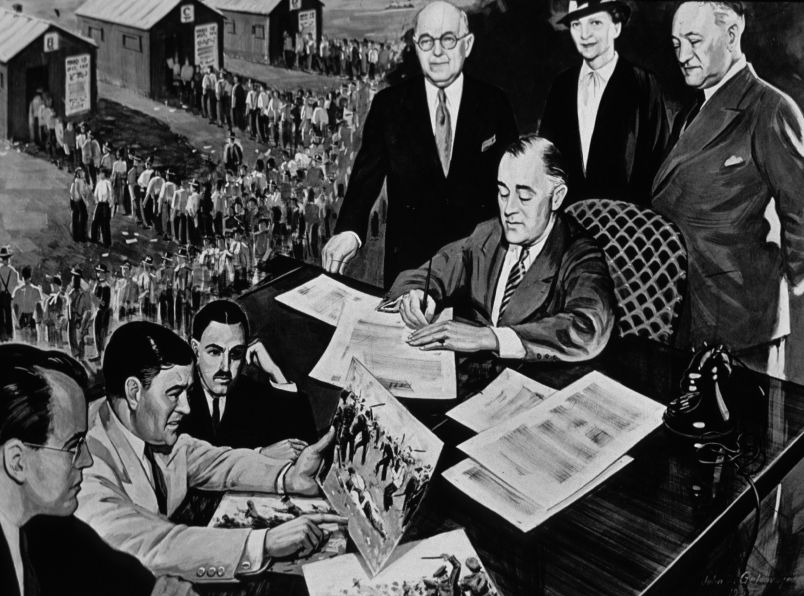In The Second Machine Age we document several tough facts confronting American workers. Median income is lower than it was in the late 1990s. The only people that have seen their real wages rise over the past twenty years are those with at least a college degree, a group that includes less than 40 percent of the labor force. Unemployment since the Great Recession remains stubbornly high, and in fact much of its reduction in recent years comes from people dropping out of the workforce instead of people finding work. Social mobility is going down while the cost of a higher education (the classic American ticket to a better life) is rising. Unfortunately, we could go on.
 We spend two chapters of our book showing that technological progress is one of the main forces underlying these trends. And we argue repeatedly that we ain’t seen nothing yet: the deepest impacts of digital technologies on the world of work are yet to be felt. To see this, just consider what will happen when (not if) a speech recognition and voice synthesis tool like Siri gets hooked up to a powerful question-answering computer like Watson, and both of them move up into the cloud and continue to ride Moore’s Law to higher performance and lower cost. Many jobs in customer service, troubleshooting and personal services will be affected by this development.
We spend two chapters of our book showing that technological progress is one of the main forces underlying these trends. And we argue repeatedly that we ain’t seen nothing yet: the deepest impacts of digital technologies on the world of work are yet to be felt. To see this, just consider what will happen when (not if) a speech recognition and voice synthesis tool like Siri gets hooked up to a powerful question-answering computer like Watson, and both of them move up into the cloud and continue to ride Moore’s Law to higher performance and lower cost. Many jobs in customer service, troubleshooting and personal services will be affected by this development.
And that’s only one of many breakthroughs we see coming soon. New varieties of robot are rapidly diffusing throughout the manufacturing and logistics industries, high-end professions like medicine and law will be affected by digital discoverers and diagnosticians, and even the stereotypically lousy-but-safe job of “burger-flipper” faces competition from technology: a recently unveiled machine can convert raw materials into more than 300 totally customized burgers per hour.
Despite all this, however, the two of us are mindful optimists about the second machine age that is quickly arriving. We’re optimists because, as the old saying goes, technological progress is the only free lunch that economists believe in. It converts the incredible into the commonplace with startling speed, transforming lives in the process. For example, more than 70,000 Americans, more than half of them children, have received cochlear implants allowing them to hear speech, and the FDA recently approved the first implants for those with damaged retinas. Wheelchairs can now be controlled by thought, and autonomous vehicles have been used by at least one blind person to run errands.
Technology’s benefits are not limited to the disabled. Students everywhere now have access to some of the world’s best teachers via online courses, and most of us have much greater access to music, encyclopedia entries, GPS systems, and tools for self-expression and communication than we did just a few years ago. Anyone with an Internet-connected device has access to an breathtakingly large amount of information. While it’s true that you can’t eat information, it’s also true that you can’t figure out how to better feed more people without it, and we expect that the absolutely unprecedented amounts of knowledge and computational horsepower now available to people around the world will be a great boon to innovation, and to making progress on our great challenges.
We qualify our optimism with mindfulness because we know that the enormous benefits of technology are not inevitable or automatic. Instead, the benefits depend on the choices we make, in our skills, organization and policies.
We’ve faced major technology-induced shifts in our economy and society before, and responded effectively to them. In the early decades of the twentieth century, for example, a great deal of labor moved from the farm to the factory. As it became clear that industrial workers required very different skills than agricultural ones, America led the world in establishing universal compulsory private education. This experience taught us that inequality is, to use Nobel prize-winner Jan Tinbergen’s great image, the outcome of a race between technology and education.
With inequality very much again on the rise and the median American worker falling behind in important ways, we need to once again substantially revamp our educational system. This requires not simply doubling down on the strategies that worked in the past, but reinventing how and what people learn, using new technologies and data-driving approaches. As we discuss in our three chapters of recommendations, we also need to fix our infrastructure and immigration policies, encourage entrepreneurship, reconsider how and what we tax, and put in place other policies and interventions.
We’re mindful optimists because, as Winston Churchill is said to have observed, “You can always count on the Americans to do the right thing after they have tried everything else.” In the current Washington atmosphere of intense partisanship and stagnation on important issues like immigration reform it’s easy to be pessimistic that we can rise to the challenges of the second machine age and come up with ways to better grow and share its bounty. But the two of us believe that if we remind our elected officials often and clearly enough to do the right thing, they eventually will.
This op-ed is part of TPM’s Book Club for The Second Machine Age: Work, Progress, and Prosperity in a Time of Brilliant Technologies by Erik Brynjolfsson and Andrew McAfee.
Andrew McAfee is a principal research scientist at the MIT Center for Digital Business and the author of Enterprise 2.0. Erik Brynjolfsson is the director of the MIT Center for Digital Business and one of the most cited scholars in information systems and economics. 









